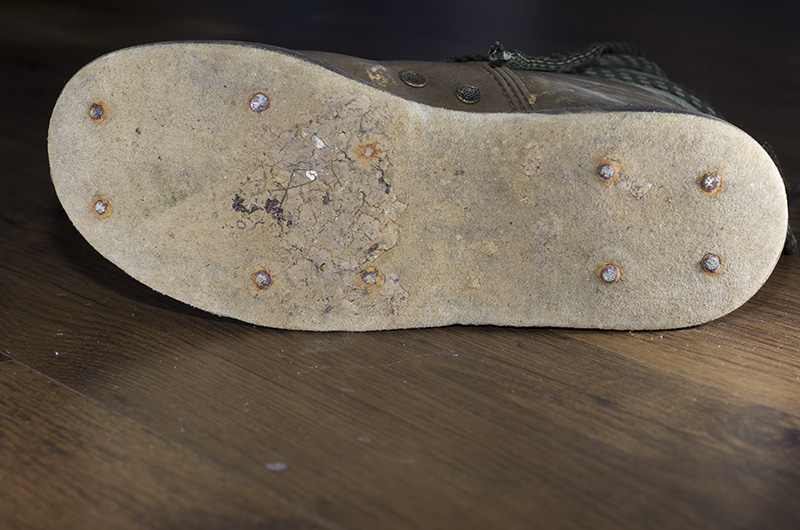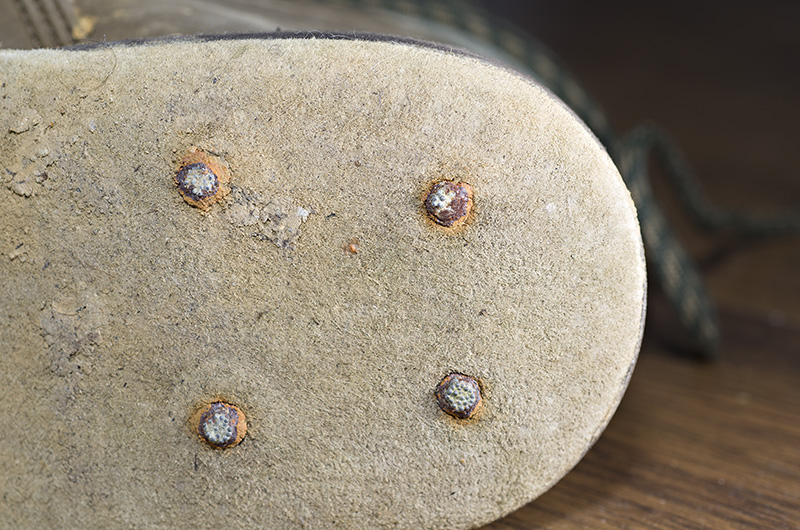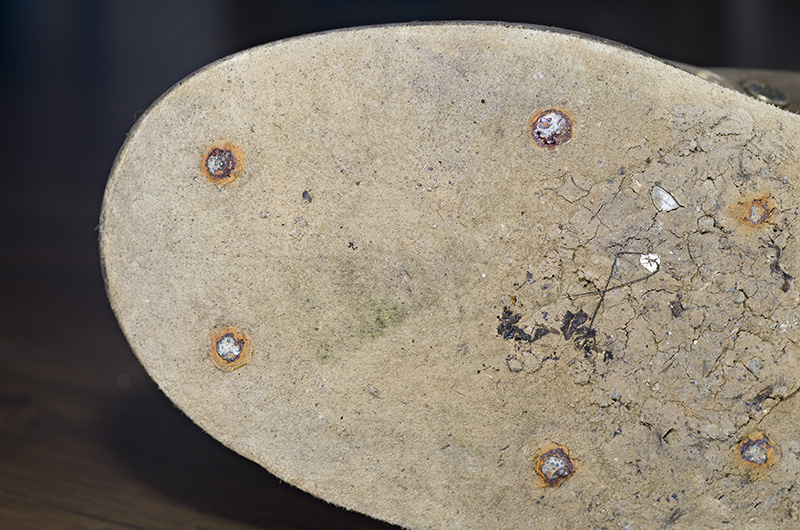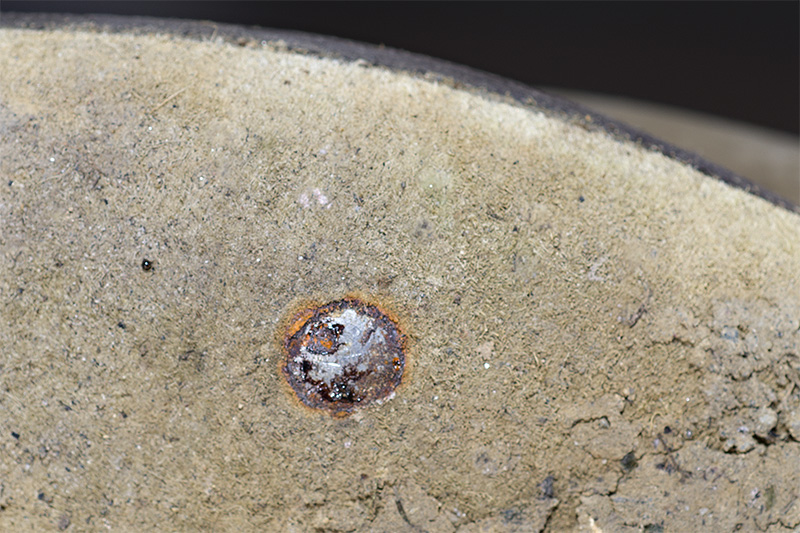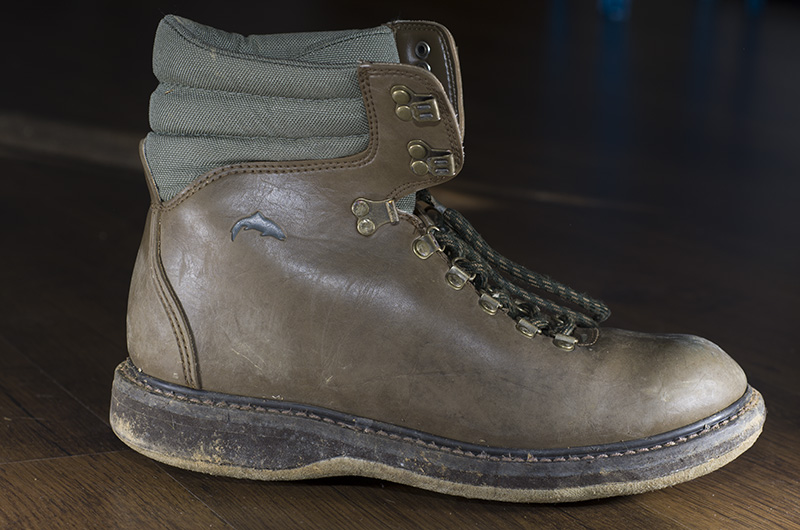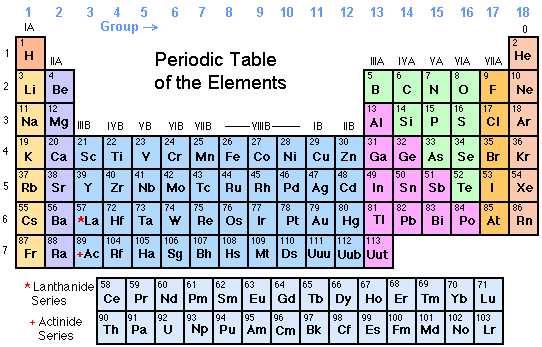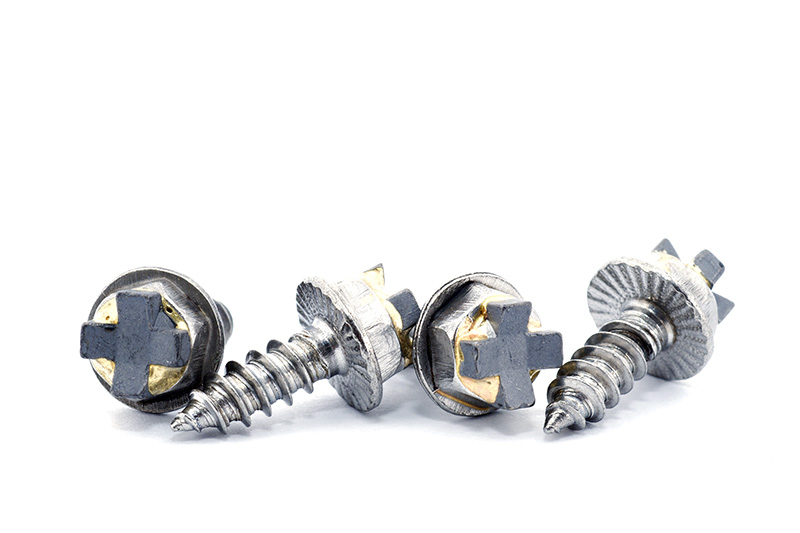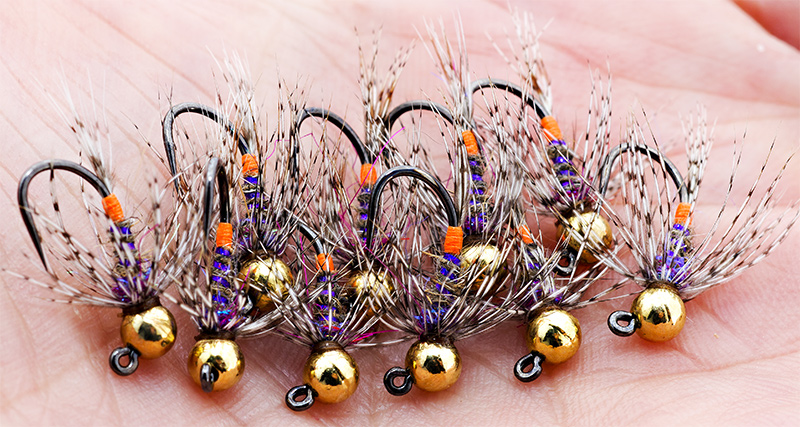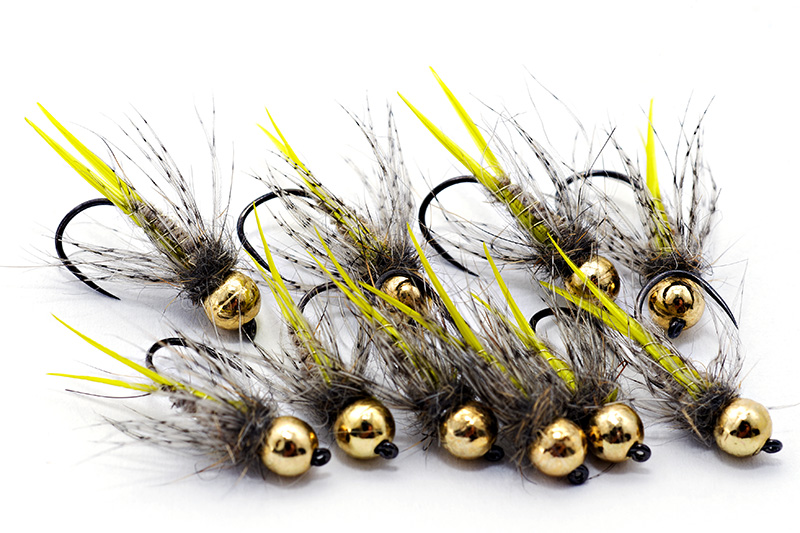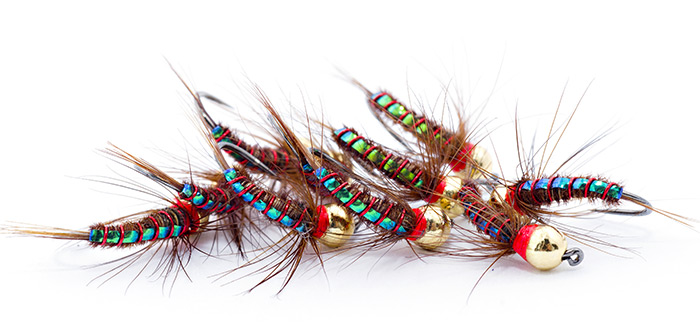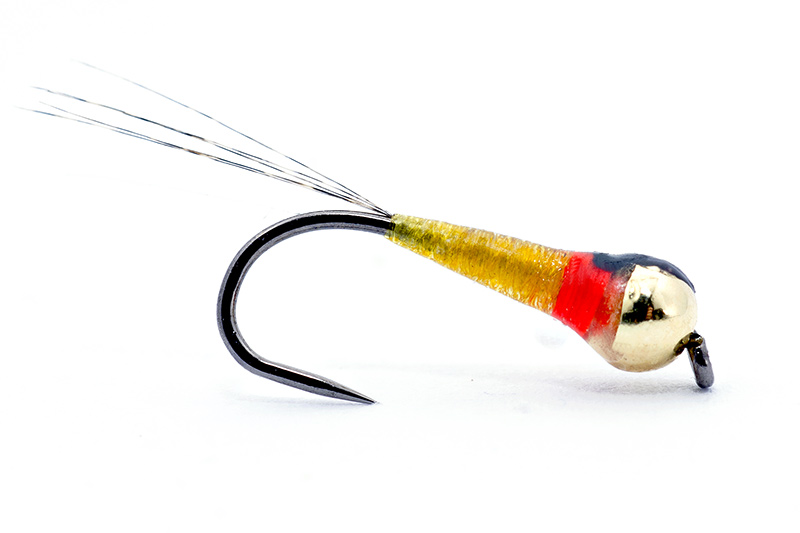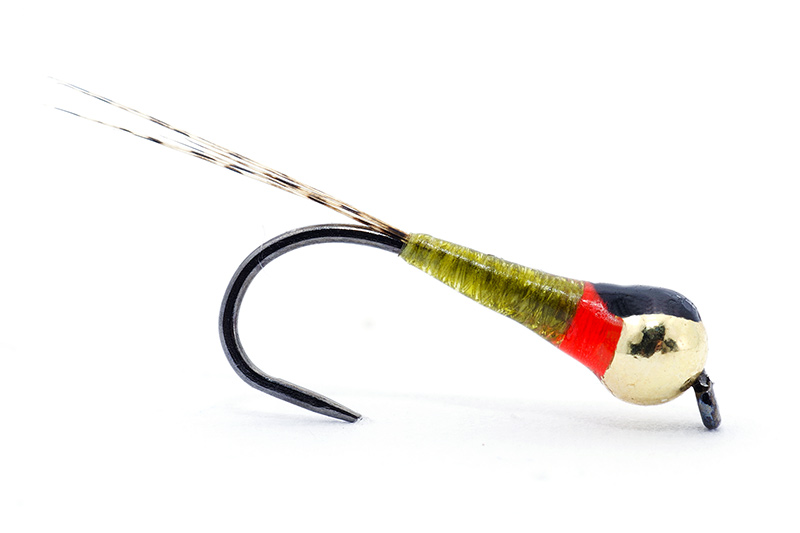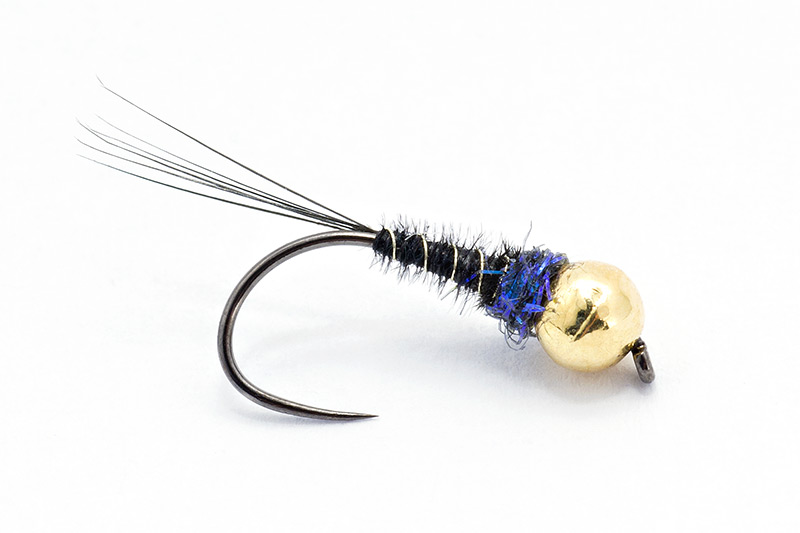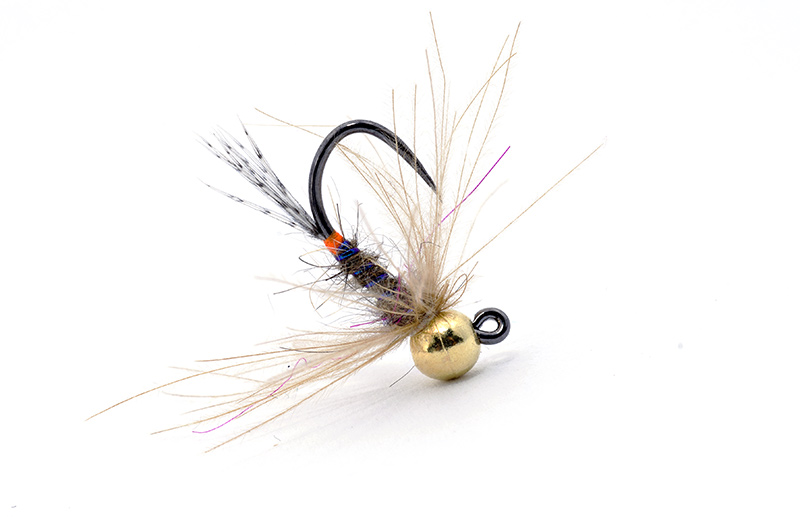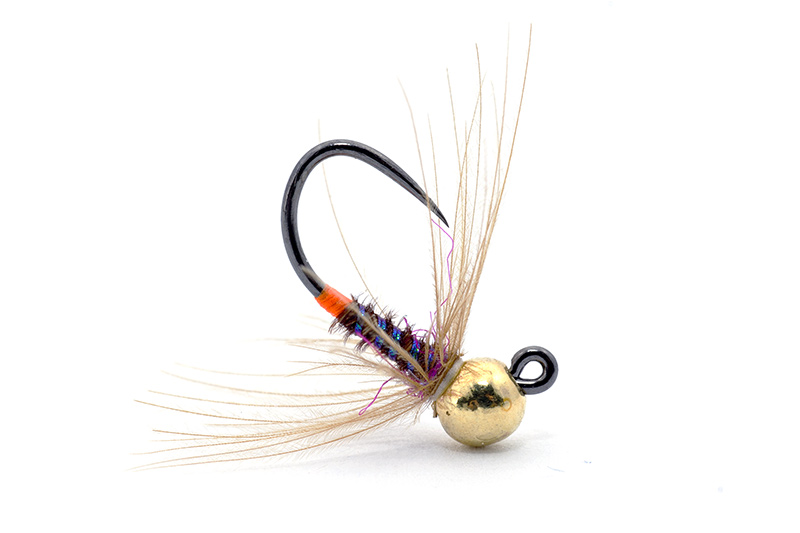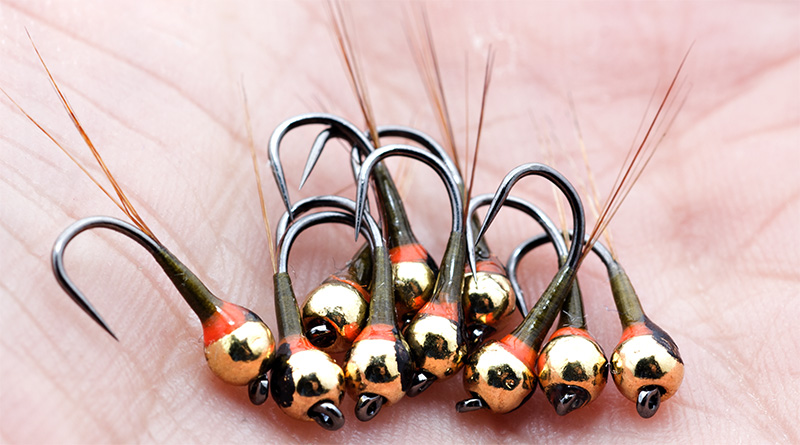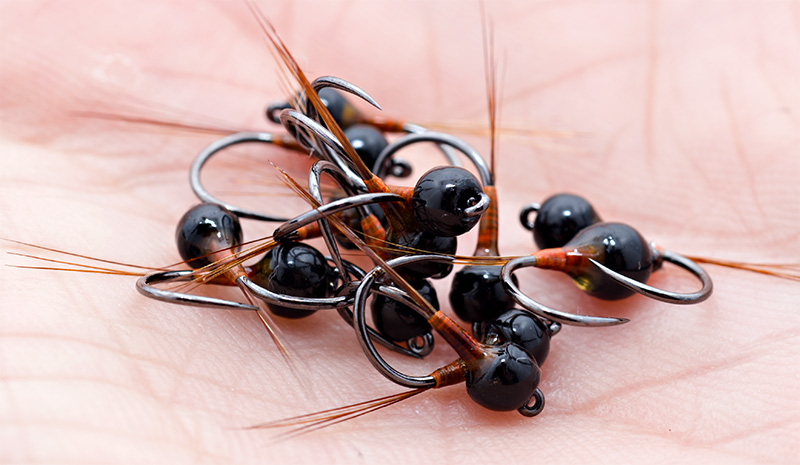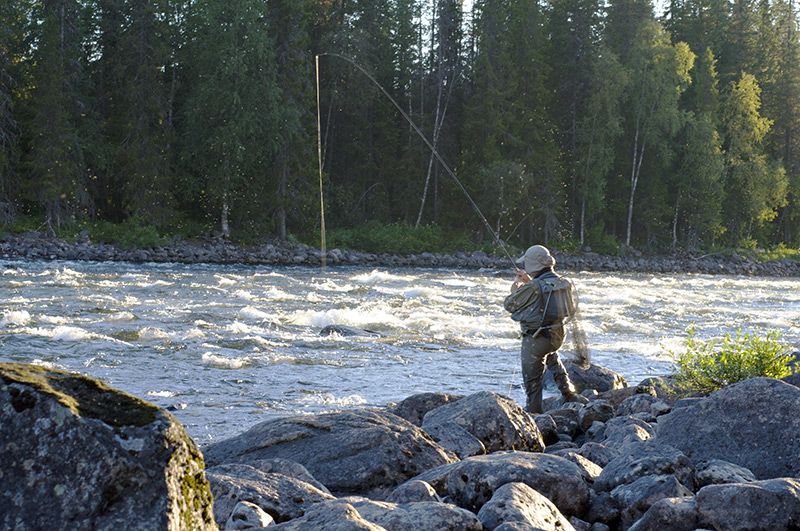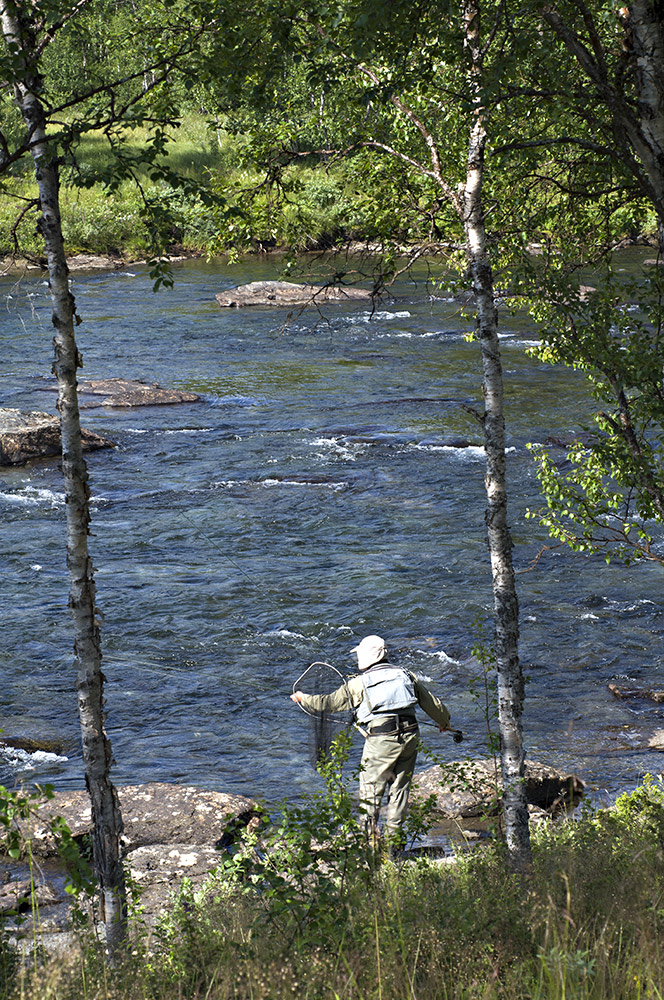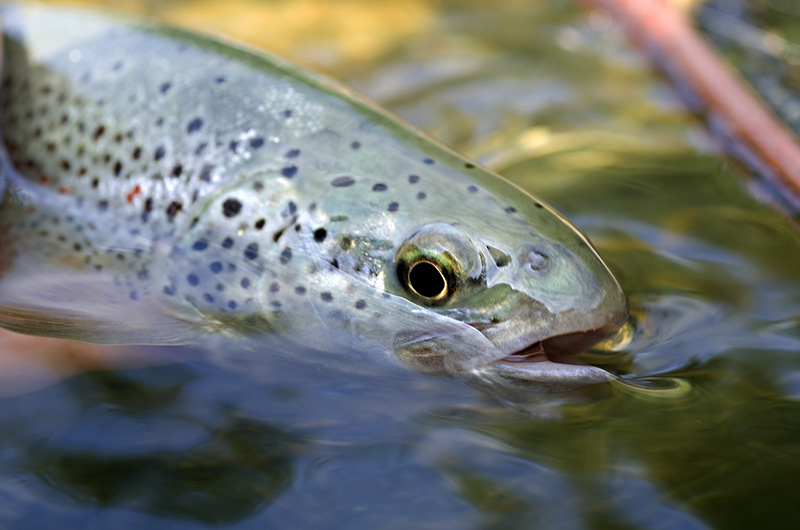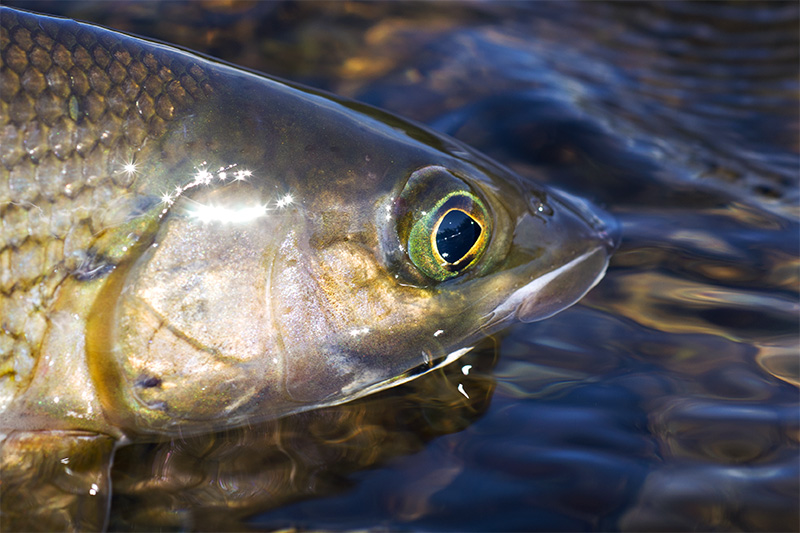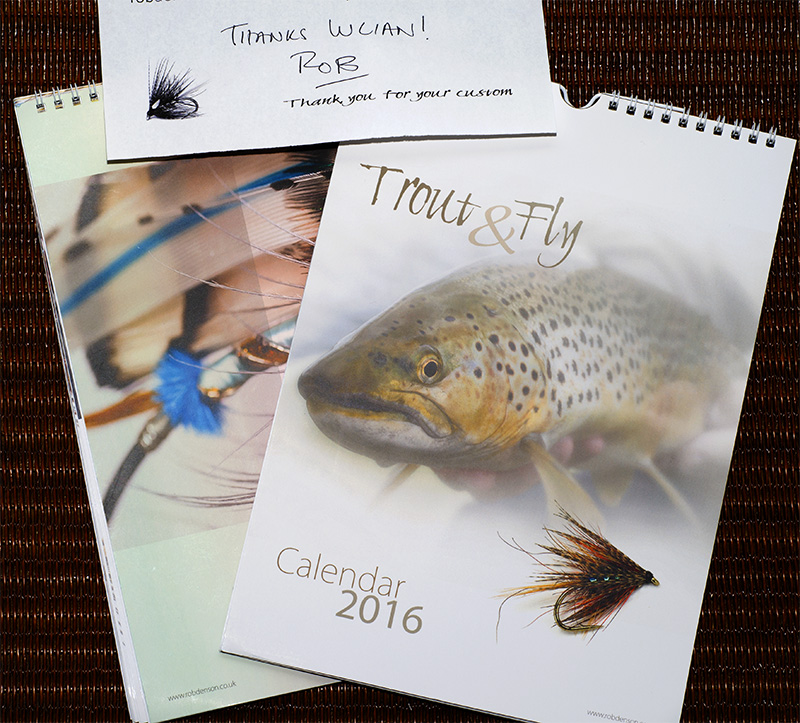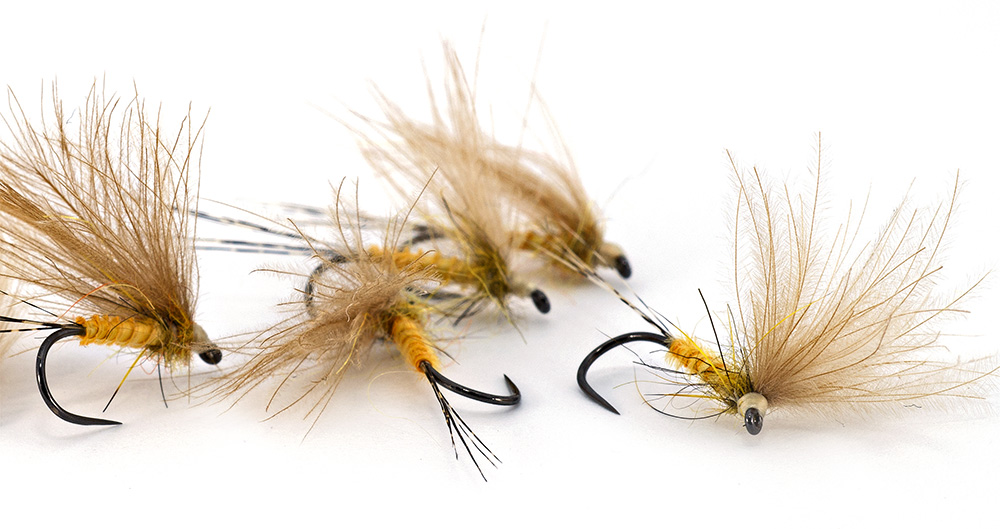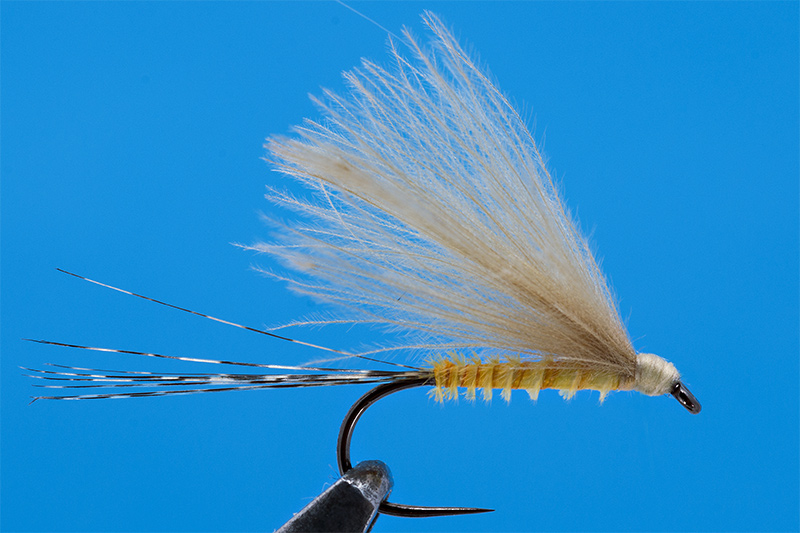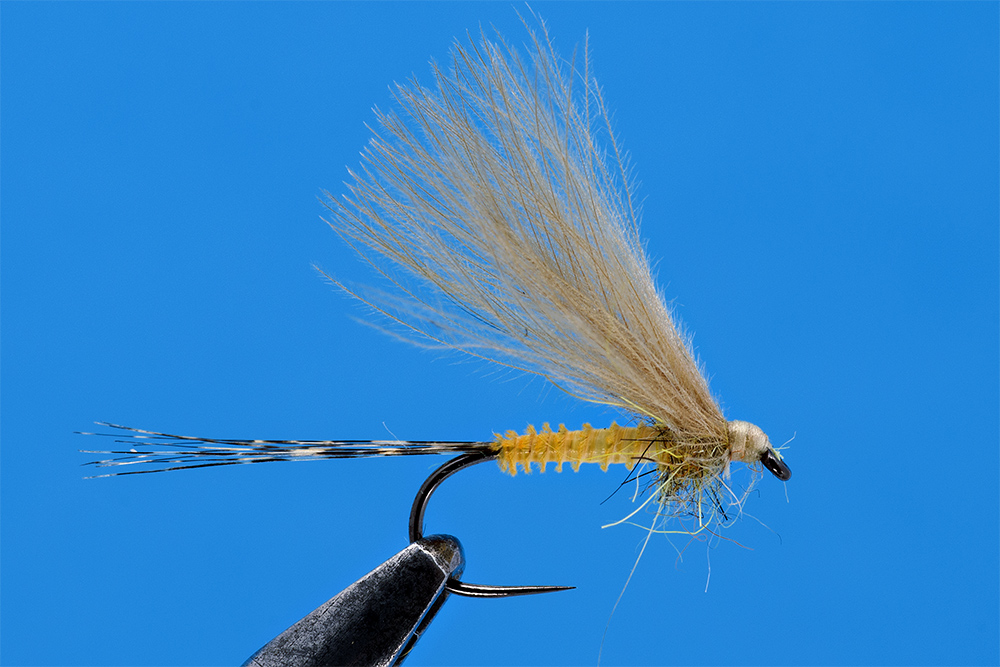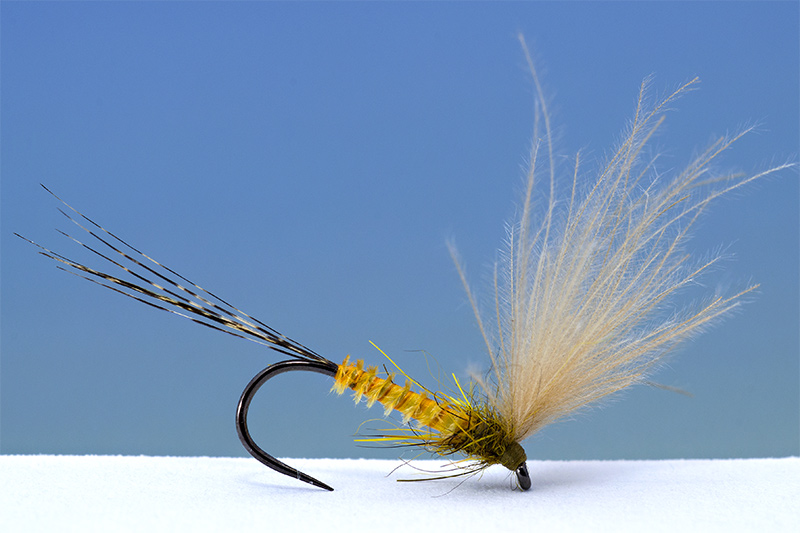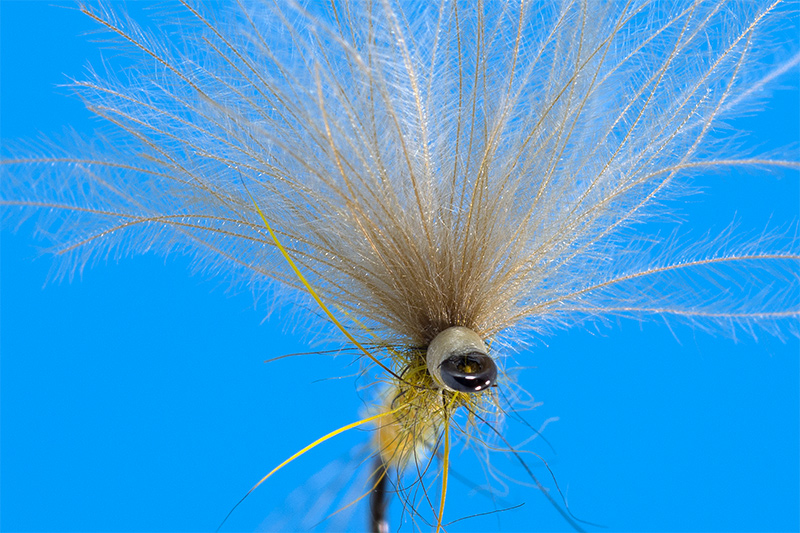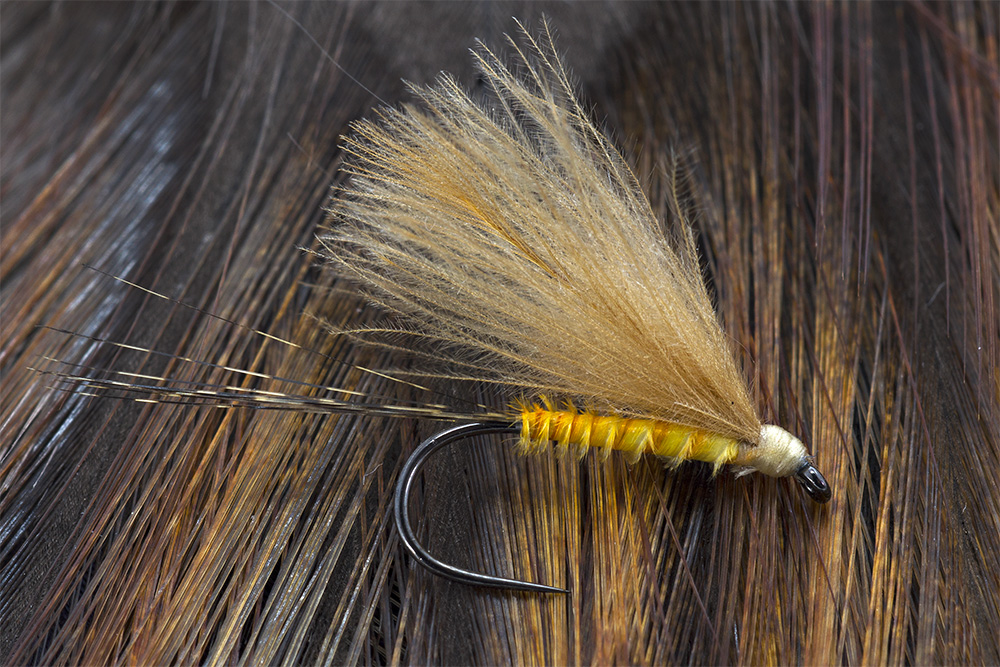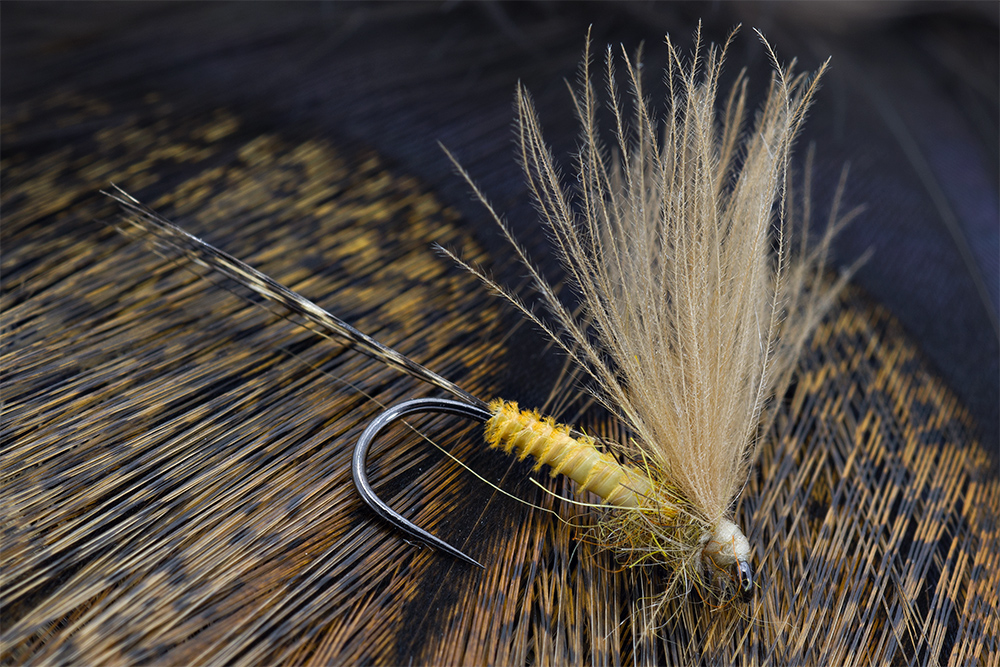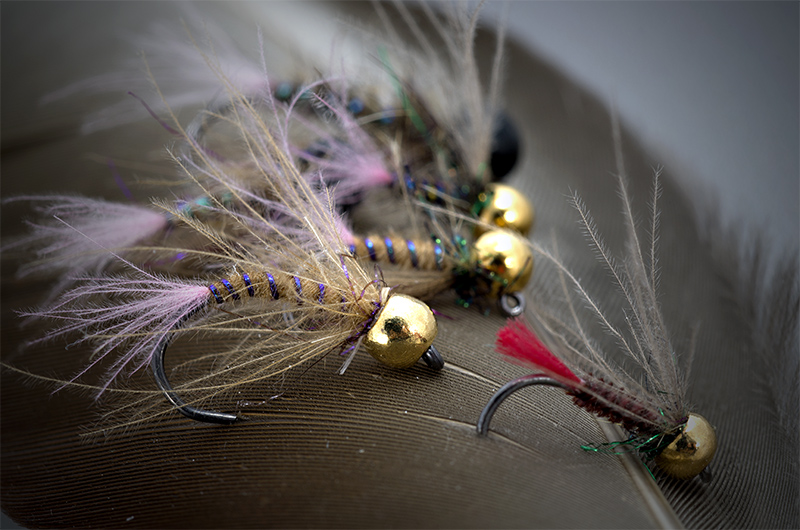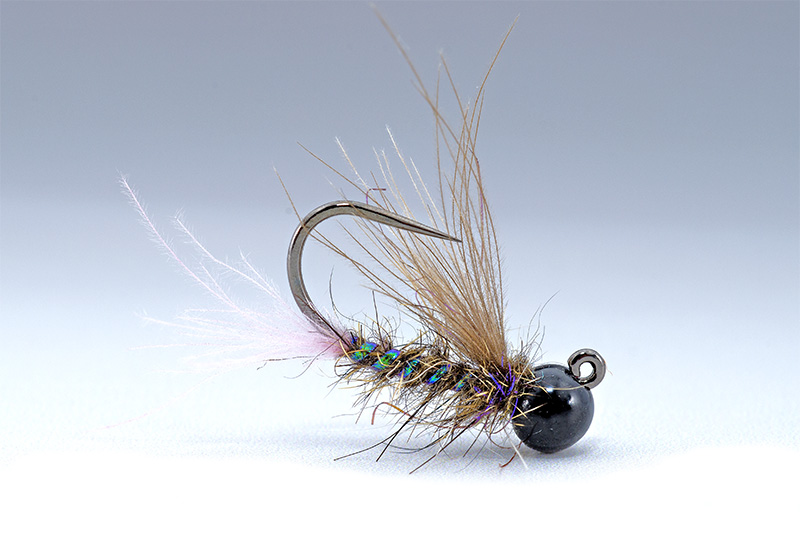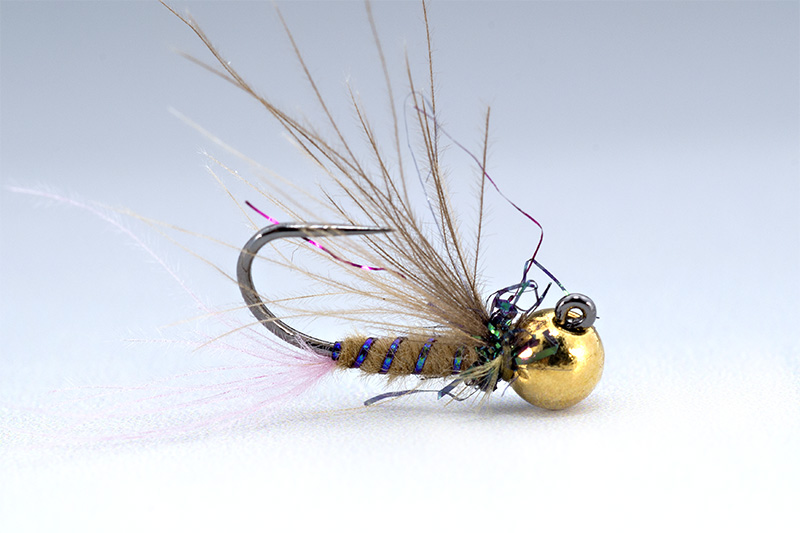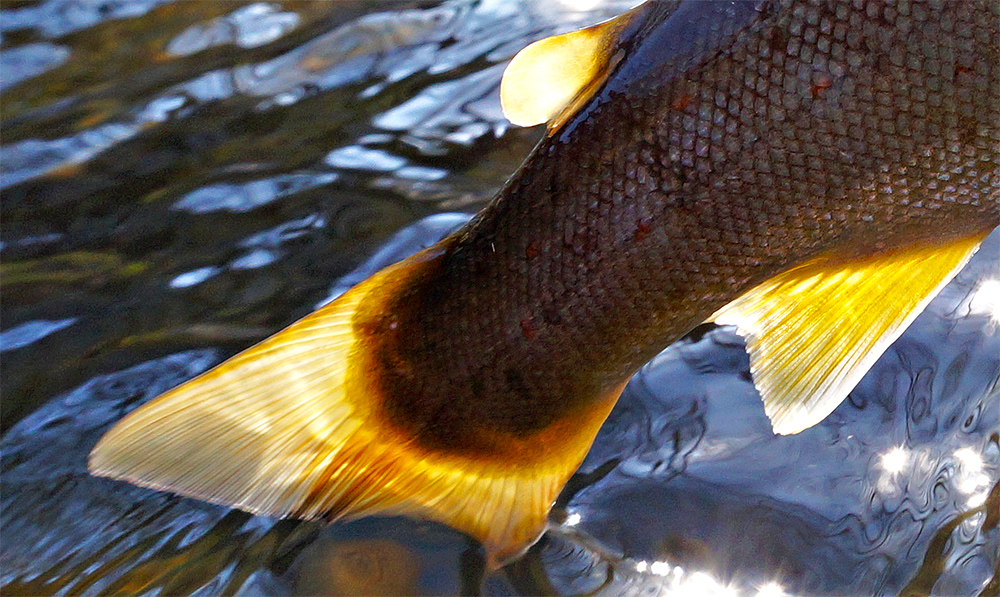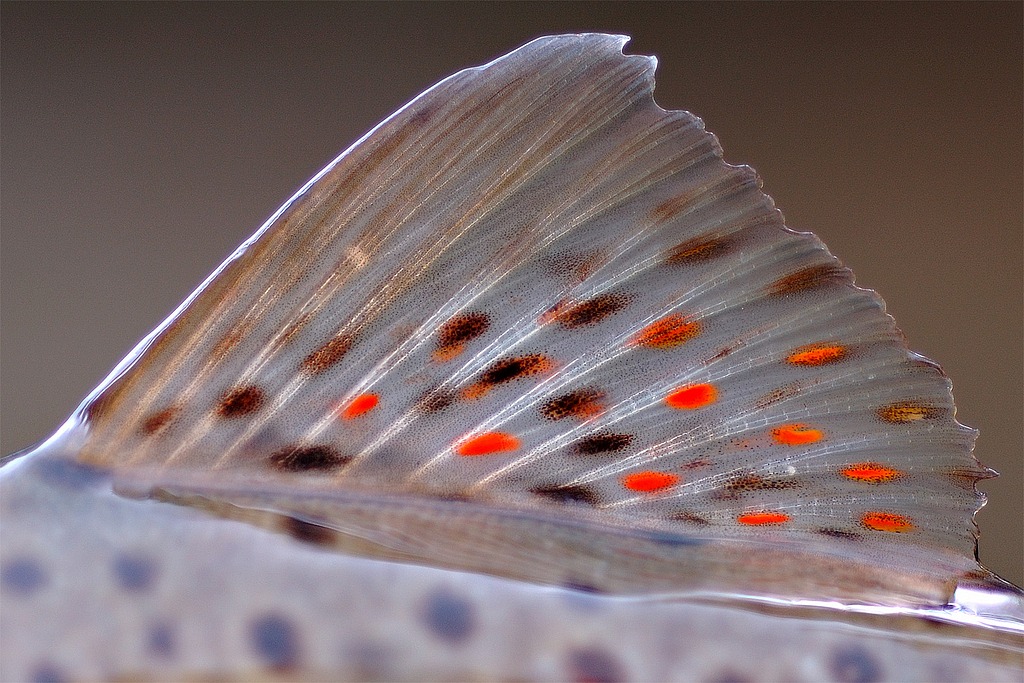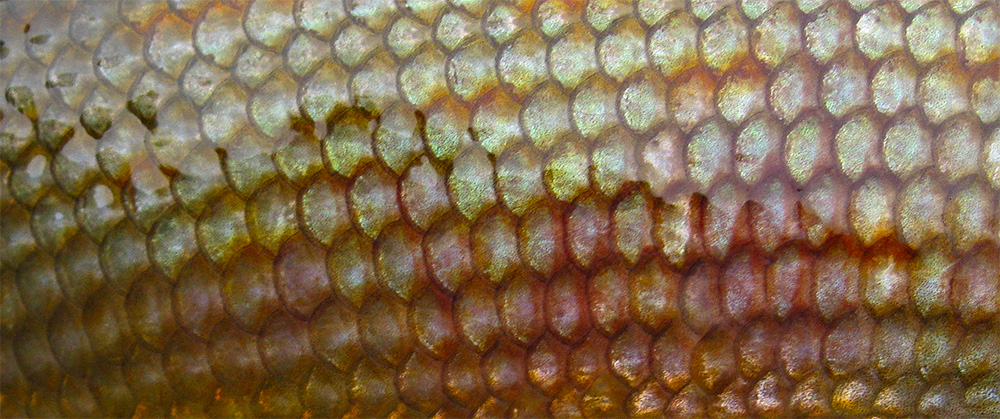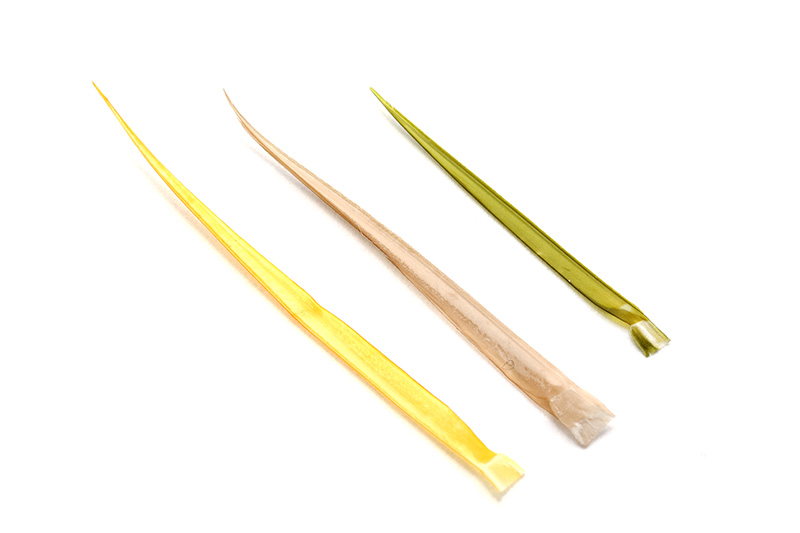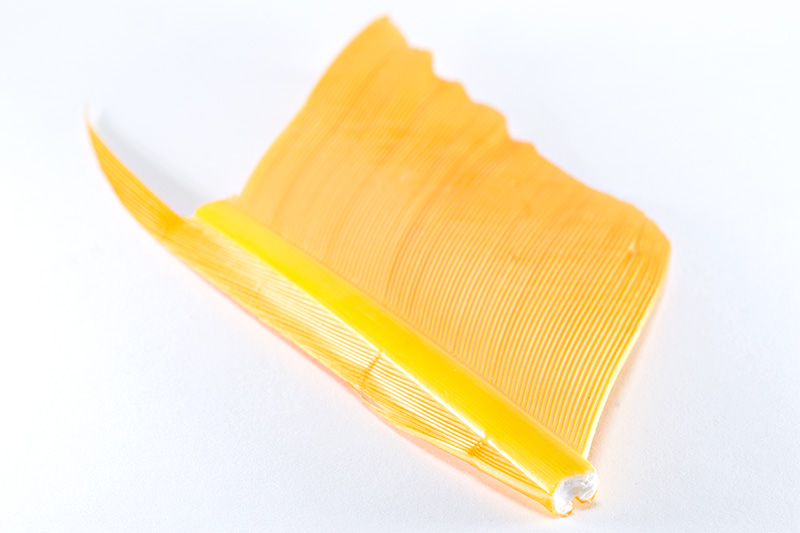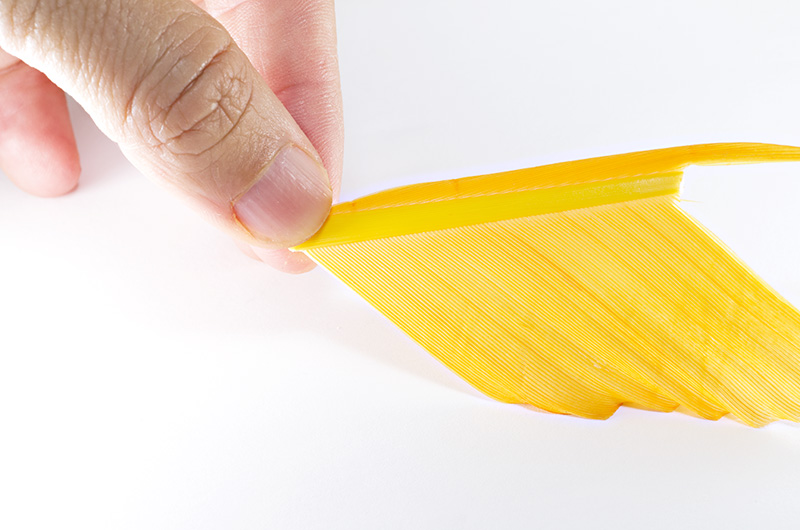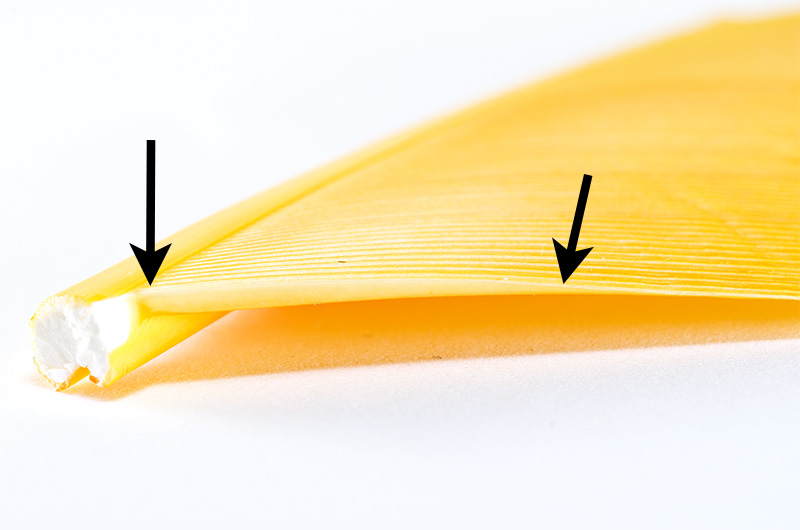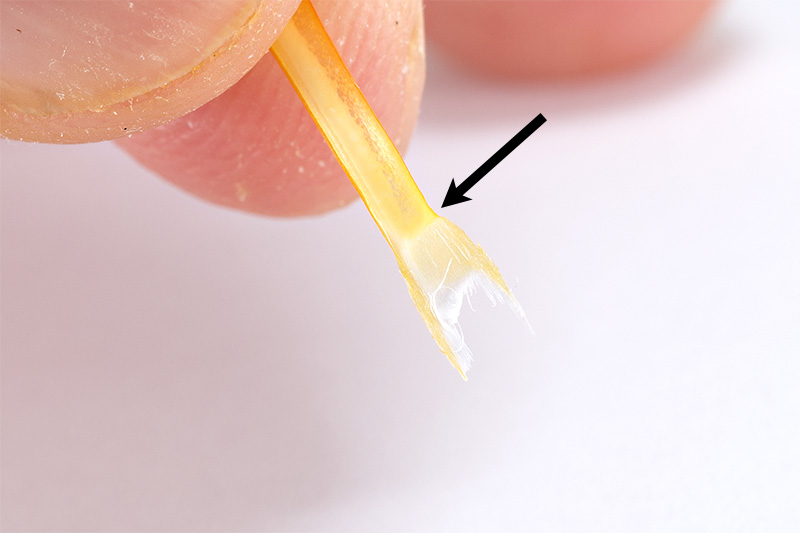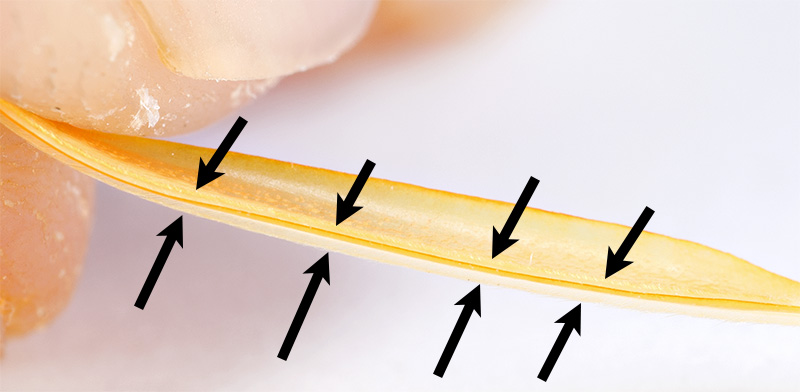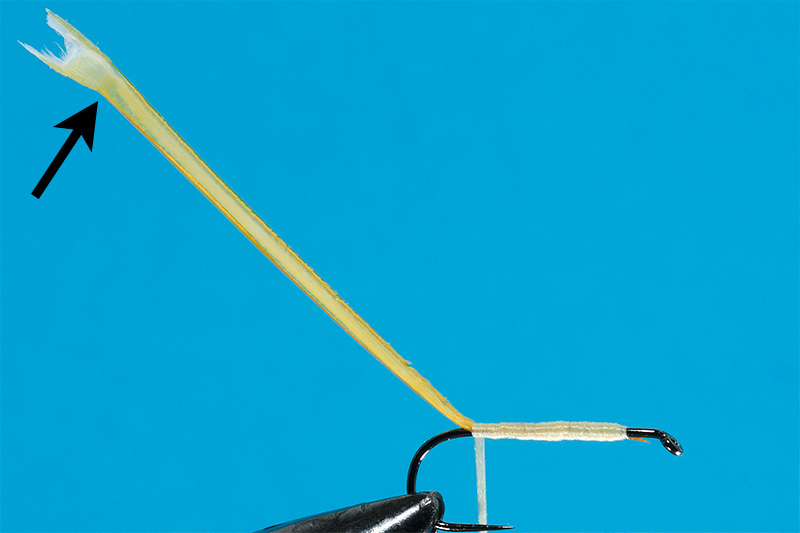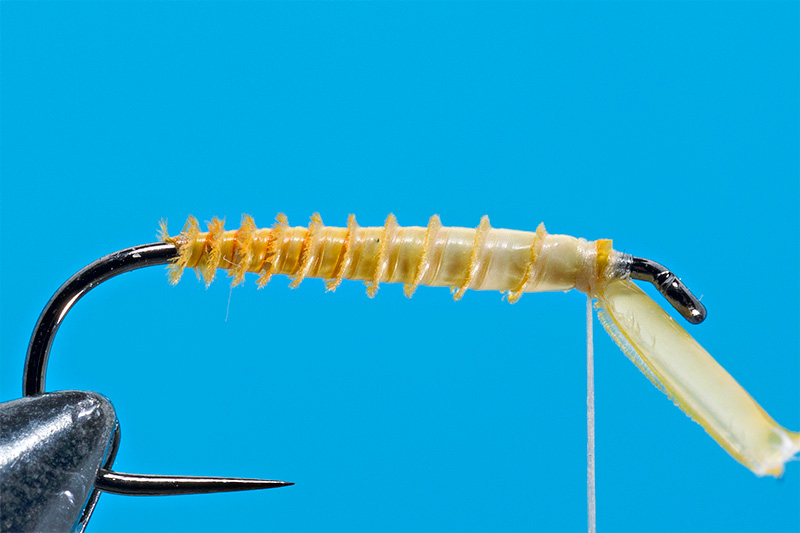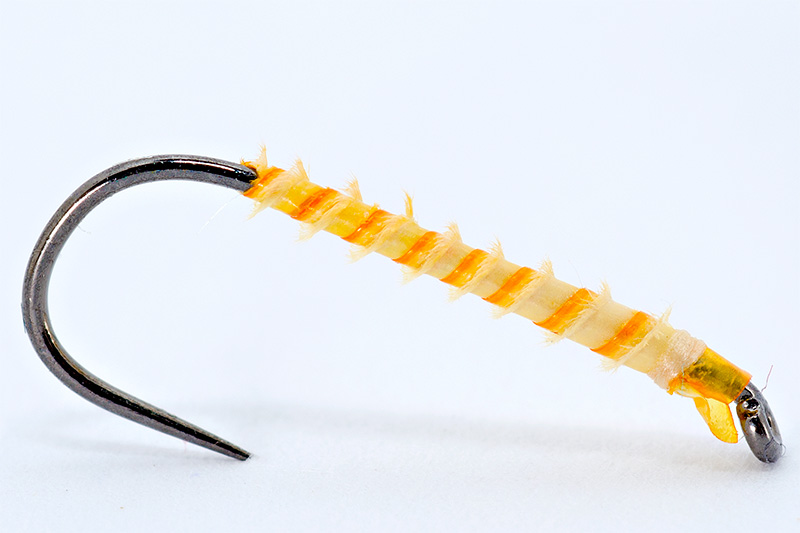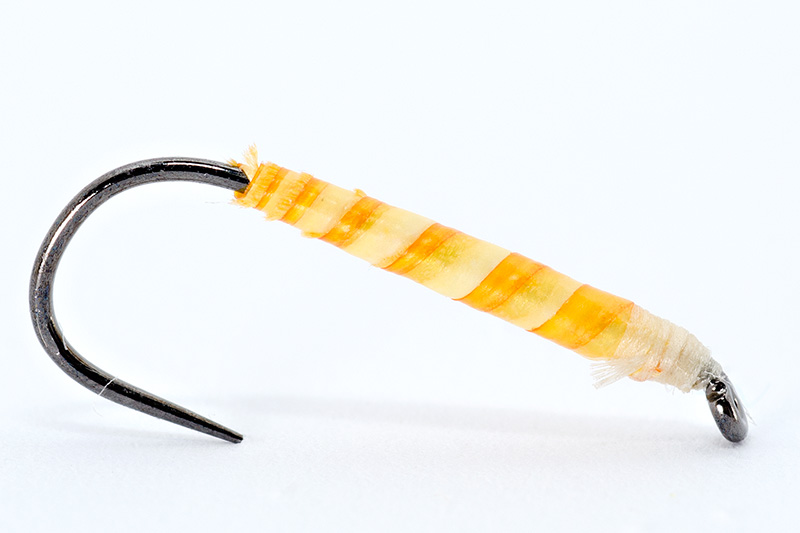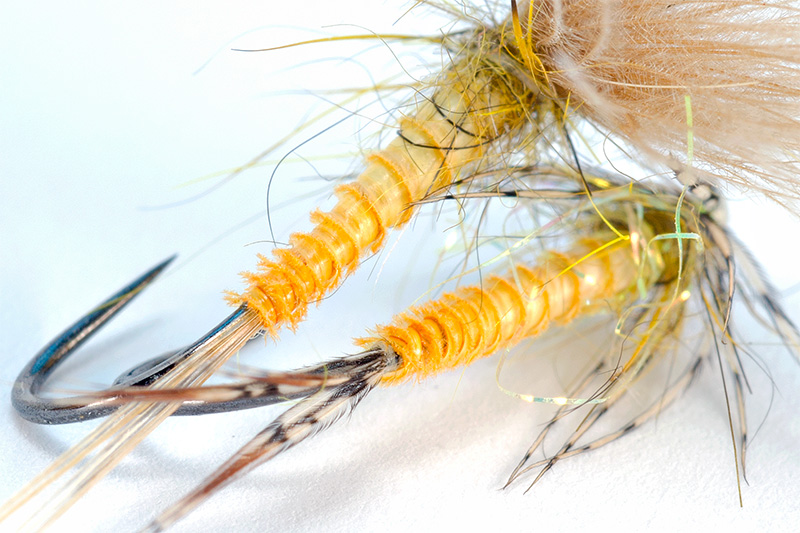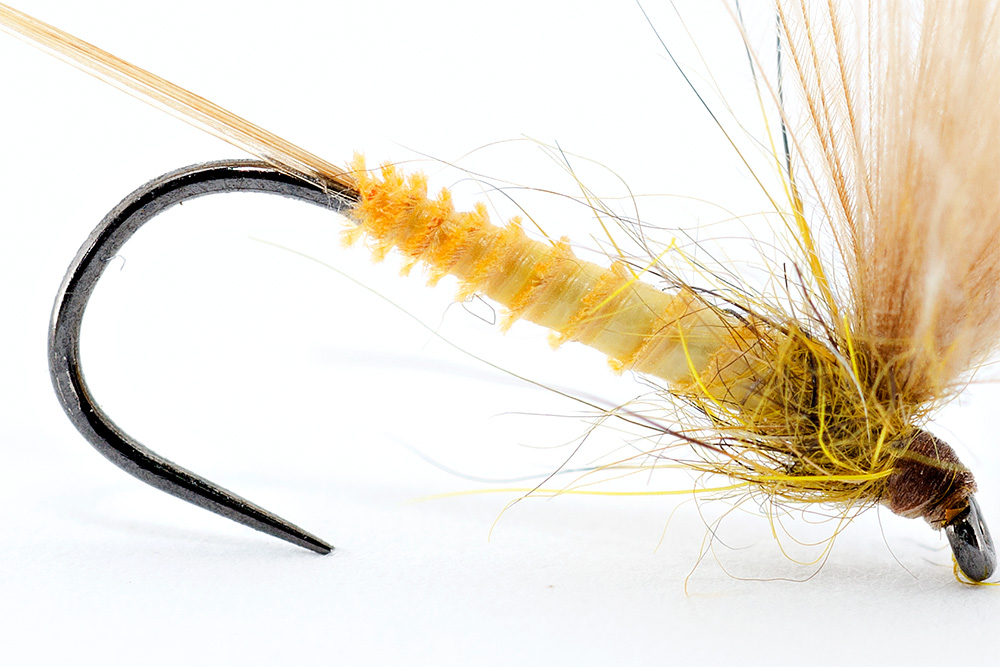I chiodi per scarponi da pesca sono un accessorio “must-have” per i pescatori. Se
desiderate la migliore stabilità al momento della pesca quando entrate nell’acqua, le suole
in feltro o le suole VIBRAM non bastano, nella mia opinione. Io non faccio una passeggiata
nel fiume, ma guado e vado nelle zone profonde e pericolose dei fiumi. Mi serve stabilità,
quindi per me i chiodi sono molto importanti! Ho ricercato a lungo per trovare degli scarponi
con chiodi di qualità e li ho finalmente trovati da Simms, i quali sono abbastanza forti per le
mie necessità. Amo i scarponi Freestone perché non sono cari e sono molto ben fatti.
Purtroppo i chiodi originali non mi piacevano. I chiodi hard bite non mi ispiravano molta
fiducia, ma li ho presi perché i scarponi erano ben fatti. Dopo una stagione di pesca, al
massimo 60 giorni, i chiodi iniziarono a presentare dei problemi.
I scarponi resistettero senza problemi (vecchio modello Freestone di Simms.)
Voglio essere chiaro, pescare è la mia passione e il mio equipaggiamento è per la pesca,
non è una Ferrari da lavare e di cui prendermi cura come un maniaco. Dopo una giornata di
pesca butto semplicemente in una borsa gli scarponi ed i wader. Non lucido gli scarponi, i
mulinelli e le canne. Li uso solo per pescare e basta. Ho degli amici che amano più
l’equipaggiamento che pescare, ma io non sono come loro. Vi faccio quindi vedere delle
foto con i miei scarponi dopo una stagione di pesca. È difficile trovare questi scarponi
perché sono fuori mercato da oltre 5 anni, se non ricordo male. Però mi piacciono e sono
stato molto contento quando li ho trovati in un negozio locale.
Adesso ho trovato dei chiodi che sembrano durevoli e cambierò quegli hard bites con dei
chiodi con punta in tungsteno. Il tungsteno è molto resistente, sulla scala dei materiali ha
la posizione 74 e per quelli che non sanno, nella tabella di Mendeleev il tungsteno è
chiamato wolframio.
Il tungsteno ha il simbolo W ed è un metallo bianco-argento in stato puro. La forma del
tungsteno cristallino è cubica, non è friabile ed è molto forte. Ha una densità di 19,3 gr./cm 3 .
Il tungsteno ha la più alta temperatura di fusione ed è per questo che viene utilizzato come
filamento per lampadine. Inoltre, ha una bassa reattività rispetto ad altri metalli e materiali
ed è molto stabile. Alcune leghe basate su tungsteno, quali W2C, WC e W2C3 sono simili
ai diamanti in materia di durezza.
Inoltre, è molto importante sapere che il tungsteno non è tossico, invece il piombo è molto
tossico!
Dunque, amici, se desiderate comprare dei chiodi per i vostri scarponi, vi consiglio di
comprare quelli con punta in tungsteno! Sono lieto di dirvi che www.troutline.ro li vende qui:
http://www.troutline.ro/troutline-classic- tungsten-studs- for-wading- boots

